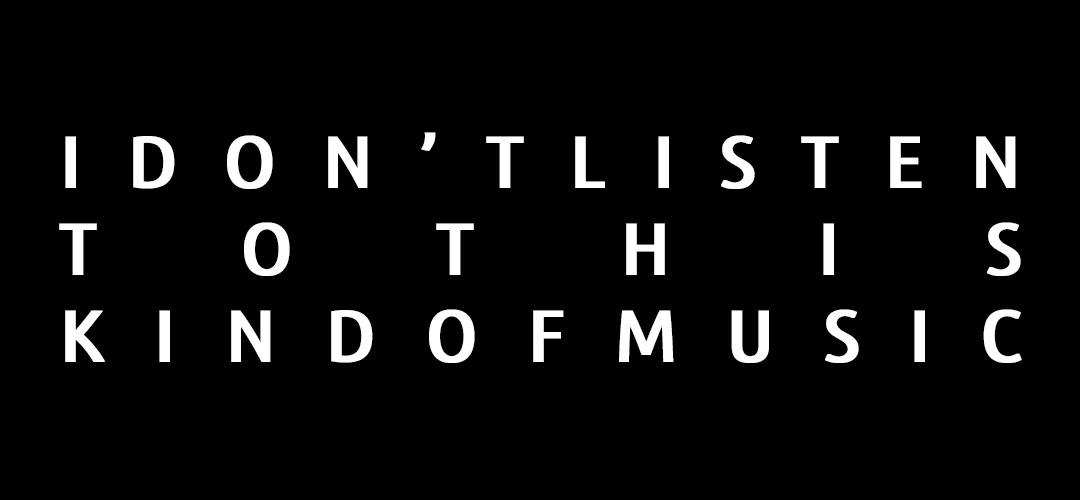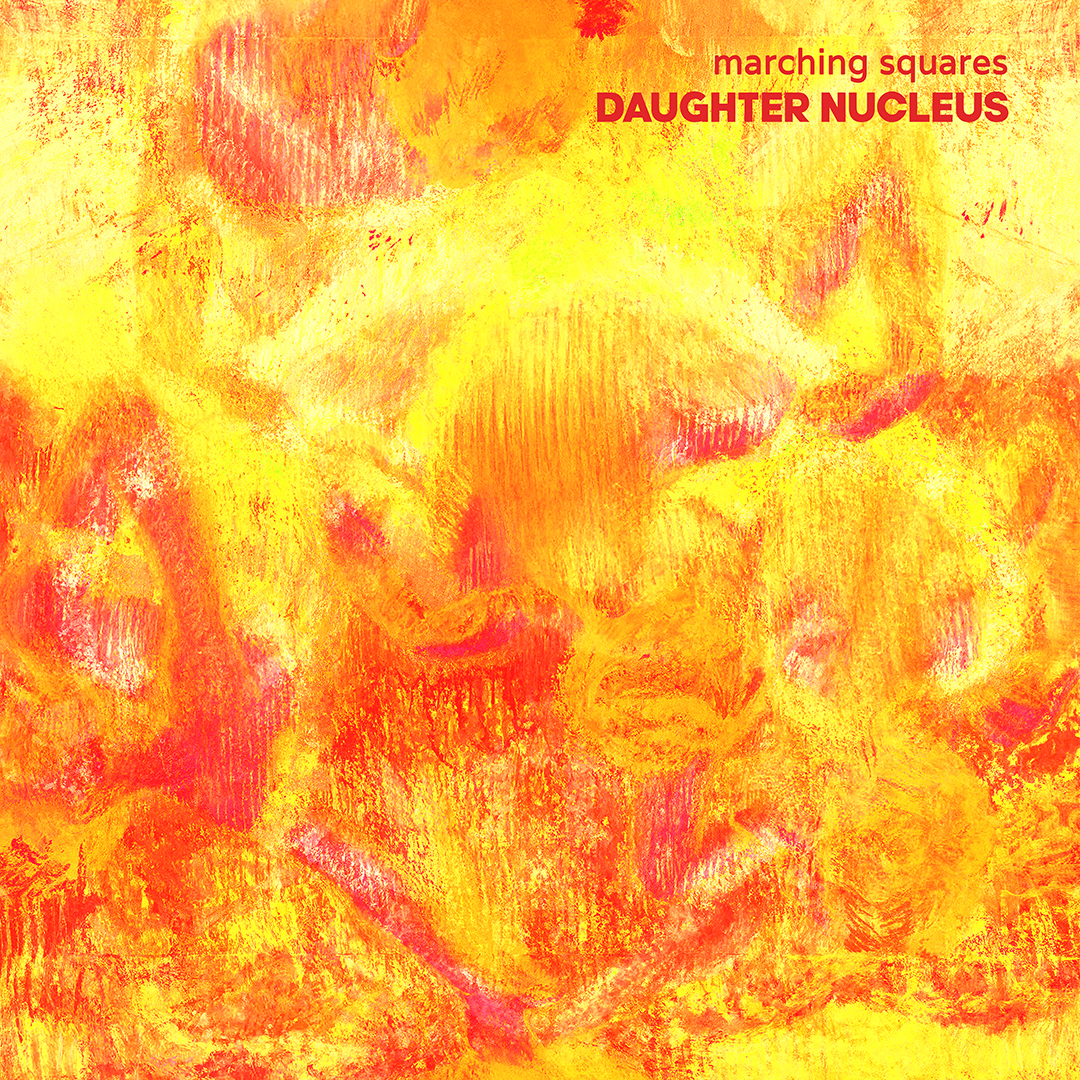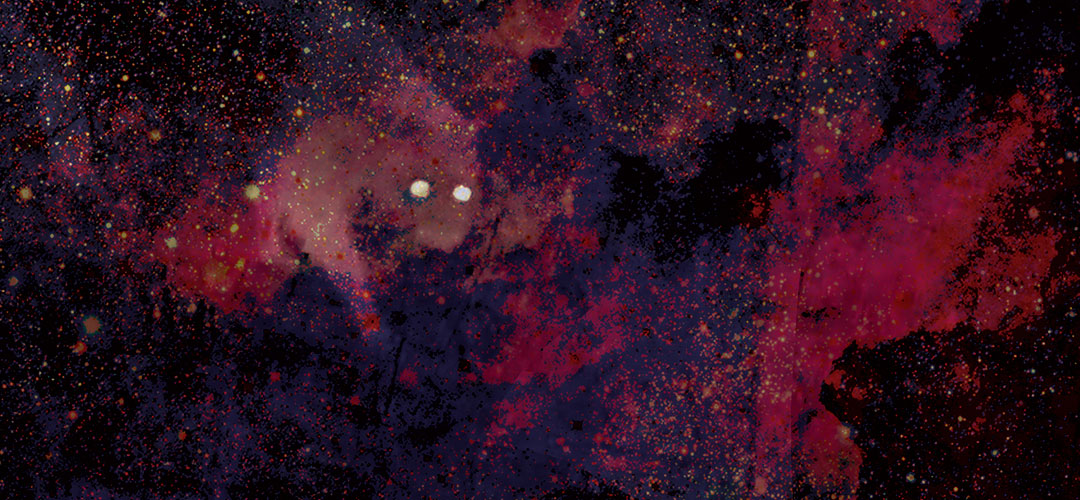
To support this event the band released a video for the song First Sky from the eponymous classic album.
Watch video for First Sky:
Listen to the entire album on Spotify.

This song is way more than a couple of years old. Can you explain why it was chosen to be released now, and as a video?
It was put out in lieu of new music. We are trudging to make some new songs, and it was done in the meanwhile, y’know, for the fun of it, and also just to keep things going with music. For some reason this song got a strong reaction when we first played it. It was kind of an angry joke, but people remembered it. People always like the stupid ones, I guess, I don’t know.
Can you talk about this song?
It’s about me in college.
Ok, go on.
I was a classic rock fan. I didn’t really like anything that was going on. There was a lot of ska and hardcore, and I didn’t like that stuff at all. Anything that was obnoxious or didn’t have good guitars I thought was just a waste of time. There was also a lot of jam bands, and I fuckin' hated those too. This song is snooty and unreasonable. *laughs*
Why do you think people liked it?
I don’t know. It’s funny and it’s a gimmick, and people usually gravitate to that because it’s entertaining. But there’s also a kind of a meditative quality, and it’s also an honest portrait, and I think people still like that. And it’s beautiful; there are these pleasant symmetries and phrases and colors. Believe it or not, we worked pretty hard on it.
Can you talk about the video?
It’s kind of a little experiment. I used to show the Lumière films at school, and so I used to watch them over and over. So one day there was an epiphany. I was watching a famous one, with the couple sitting outside, and they’re feeding their baby. I think it’s one of the Lumière brothers, actually. It’s him and his family. But the most interesting part is not the actual subjects; it’s the trees behind them. And you can see the leaves on the trees moving in the wind. It’s just some trees swaying, but for some reason it’s a pretty dramatic effect, and it really feels unsettling. So I was watching these Lumière trees and it came to me, and it was really nice. The thing is, without watching these movies it’s pretty hard to imagine what actually went on in the minds of these filmmakers. Just consider this invention: the video camera. It never existed before and it was never used before by anyone. So what would it actually get used for at that point in time? What I realized from these trees was that the people who were using this camera weren’t trying to film anything specific. They were only trying to photograph anything that moves. They were trying to photograph motion itself. And they were doing it because to do this was such an extraordinary act. Does that makes sense?
It’s so obvious, but I suppose it’s not very easy to discover.
Yeah, there you go! And it felt pretty good when I got it. So the video was kind of an attempt at this connection. I thought of it as a reclaiming of that innocent, pre-industrial, pre-narrative cinematography and its original purpose. And this purpose, again, was to capture motion. And so after I caught this motion, I manipulated it in a violent manner, to create a conflict. So it became kind of a dissection of motion.
So what was the actual conclusion of this experiment?
I’m not really sure. I think it’s just a nice personal offering to those filmmakers, and it was fun being in their heads, y’know, in that time and place. The beautiful thing about it is that anyone can experience this. You only have to film something that’s moving for the sake of that movement. Not because it’s funny, or shocking, or clever, or even interesting. If you can place yourself into that position of mind, into a kind of an innocent curiosity, you will also feel what they were feeling.
Stream the album Agido and the Practice of Emptiness on Bandcamp.
Watch official video for Sabbath and Floyd:

The album is an almost-expected formal departure from previous work, courtesy of the veteran NYC producer and legendary pillar of the city's musical circles Somer Bingham (MNR PLSR, Penny Dreadful.) Indicative of Bingham's cinematic style, the songs are presented as lush, yet minimalist electronic R&B, reminiscent of Thom Yorke's solo output. Moments of poetic folk offer a few bright accents to the overall darkness of the piece, a la Pink Floyd's "Atom Heart Mother" period.
What remains consistent from other albums is the lead singer/songwriter Michael Shohet's monumental songcraft. The signature themes of science and mythology are expounded upon through the writer's extreme erudition and academic background. The inherent lyrical storytelling is mirrored and elevated by the production. "I wanted it to follow the post-human theoretical framework, but also retain a classical literary form, based in language," Shohet spoke of the approach. He concludes, "I think we achieved this balance."
Trinity College Dublin's Valerie Campbell describes the album as a "liturgy on a space shuttle." She compares it with W.B. Yeats's The Tower, in which "the writer gains a master's grip on the medium, to fuse past, present and future."
Stream on Spotify.
Listen and buy on Bandcamp.
Watch official video for first single Atmospheric Entry:

The album is a cycle of songs unified by eco-critical themes, as well as other universal subject matter of human restlessness and unrequited love.
First Sky can be found everywhere online, wherever music is played. There is a very limited number of physical media as well.
Listen on Spotify.
Listen and buy on Bandcamp.
Listen and buy on iTunes.
Follow the band on social media:
The upcoming video release for the song Mongoose will spearhead the project.
First Sky will be available for pre-order on September 25th on the band's Bandcamp site. The album will be available October 21st on all music platforms.
Follow, like, etc. the band on social media:
Discover the back catalog on Marching Squares Bandcamp.

Lyrically, the initial verses are structured to mimic a creation myth. This genre is fully embraced to reveal the arbitrary nature of religious texts and the thought processes that go into their making. At the same time, the stylistically terse phrasing suggests a new fabric for the underlying reality in language. In any case, the grandeur of this type of works is palpable, especially in the gradually diminishing scale, reducing from a cosmic genesis. In the third verse, the scale shifts dramatically from the cosmology of the first two verses to the first-person narration of the protagonist. The finale hints at a failed personal relationship, allegorized in the nuclear submarine stuck in polar ice. An individual mental state, in direct conflict with a global catastrophe, amplifies the overall unease. Continuing in the tradition of Mary Shelley and John Carpenter, the horror is heightened by the use of the polar region as a space of irrationality and madness.
This irrationality is further carried by the images in the video, a montage of extreme close-ups of tree trunks, reminiscent of Stan Brakhage's explorations of camera lens limitations. Songwriter Michael Shohet explains - For some reason, this year, there were a lot of trees getting cut down in the neighborhood, way more than usual. Almost every day in the summer some trees would get chopped up in those tree-grinding trucks. The noise was indescribable and it would go on for hours, until I would completely lose my mind. And it wasn't just trees, it was bushes and other kinds of shrubbery. You would see all these stacks of branches shoved into garbage cans and put out on the curb. I can't really explain it. Maybe the year was really dry and all these plants were drying up and dying, or maybe people were afraid of the hurricanes getting close and knocking them over. I don't know. Maybe people were just going insane from the epidemic and the politics and they were taking it out on the trees. A couple of my favorite trees got cut down, so I filmed the others.
He goes on - I think it fits thematically with the song, because you can see the irrationality of nature. There's nothing mathematical about the patterns. They cannot really be calculated, or predicted; I don't think any AI can do it. Some of them look like body orifices and others are some weird, alien landscapes. This is where the anxiety comes from - the complete absence of logic. I think it fits with the themes in the song, and the album in general - the attempts at rationality, at trying to make sense of things, and eventually, failing to do this.

Photo: Diana
The video for "Mongoose" can be found below, after the interview. Marching Squares' third album First Sky is due out in October on Recorded Ware Records.
The interview was conducted via a video call from the writer's flat in Dublin.
The first single is an almost-instrumental, chorus-less album cut. What was the logic behind this decision?
I wanted to pick a song from the album that would make a good video. For some reason, none of the other songs germinated any visual ideas. There was an idea for "Extinction" to go to the Intrepid Museum. I would play guitar in their submarine and film it. But they closed it for the year.
Ok, that kind of makes sense. Can you talk a little bit about the genesis of this song?
Yeah, I think it was 2015, and Karen [Claman] got into raga, and she wanted to cover this Indian folk song. I forget the name of it. It's famous, and there's an English version. I think it's from a movie. I tried to learn this song, but I couldn't play it. Karen is a classically trained strings player. She plays Mendelssohn and Stravinsky every day. But I couldn't handle it. So I thought it would be easier to just write my own raga song. So I studied all these Eastern and Indian scales, and this is what came out. I am not sure if I got it right. I think it sounds ok.
It seems that you're continuing thematically from the last album, which also has allusions to the Far East, as well as to India. Could this be a fascination?
What do you mean? Like a fetish?
Is it not obvious that it could be interpreted as Orientalism? You have to admit that the Kipling connection is unmistakable.
Ok, Valerie, this is getting kind of rough. Yes, the Kipling question is very obvious.
Did you not notice it at the moment?
I don't remember. I don't think so. The song went into the regular setlist, and then one day I did realize there's something wrong with it. I just laughed about it. It was this innocent song, like a lullaby. But, those do have very deep symbolism and all kinds of latent material. But I deal mostly in mythology and stories, and troubadouring, not really anything revolutionary. So I didn't really think about it. I was just happy I had this song now, and Karen could play her raga. But yeah, of course I recognize Orientalism in the mongoose. The mongoose semiotics slide into all this exoticism and all these weird allegories. And all these meanings come straight from the Kipling story. I haven't read it in a long time. I remember the mongoose is dying, and then he's rescued by a British family, right?
It's also mentioned that they're related to a British general. And this general lives in a nearby town.
That's right, thank you. So this story connects directly to the British military presence in India, and, at this time, this presence is what - 200 years old? And at the highest level it's ever been. So yeah, basically, the white family save the mongoose by coming to India, like the British, who came to India, thought that they were saving the Indians by civilizing them. Or at least, that's how they justified the colonization. And then the mongoose, who is a native Indian, defends the British from the cobras, who are also native, but they are also, somehow, this infernal and sinister force of indigenous Indian spirituality and sexuality. So yeah, the story is extremely problematic. I'm sure I'm not the only one to say this.
So the song is based in Kipling?
I guess just the mongoose imagery. The mongoose popped into my head because of the raga. And yeah, it did come from the Kipling story. Kipling pretty much monopolized mongooses to a point of banality. Kind of like Melville monopolized whales, and Poe ravens. I'm not going to lie, it felt weird using this motif. It was too obvious - Indian music, mongoose, blah blah blah. But I used it anyway. Yeah, it was a bit lazy, and maybe even thoughtless. I read that story a lot when I was young. What kid doesn't love that story? You get to have your own talking mongoose. And he fights cobras...
So what you're saying is you're only a product of British imperialism.
Yes, exactly. And we all are. And so was Kipling, right? I mean, he was even born in India. And you write what you know. Listen, the signified of the mongoose is imperialist, and this can't be denied. But I think the song can reassign the mongoose to something else. I think the mongoose can be decolonized. You can unpack the song, if you feel like it.
First of all, there's no need to apologize for Kipling. And second, it doesn't look good for the song. Especially the "jungles" part. Then, the listener is invited to look into the mongoose's eyes. The mongoose doesn't seem to have any subjective agency. She's just an object of the listener's gaze. Her eyes are fetishized, and are disembodied organs, and this further subjugates her to the listener. The listener is doing the looking. It reminds of an Edward Said quote - "the West is the actor, the Orient is a passive reactor." We see this in the song. What do you think?
Yeah, that's great, that's very good. But the mongoose is also beyond the listener's gaze. The listener's gaze is rendered powerless. The invocation to the listener is made for a very specific reason - so the listener can gauge reality. The mongoose is privileged. She has access to truth. And only the gaze of the mongoose can give this access.
But the whole "soul" thing makes the mongoose something non-somatic. She's denied a body. So she's idealized and dehumanized again.
Valerie, how can a mongoose be dehumanized? A mongoose is not human, to begin with. I know you're messing with me right now, it's pretty funny. And the jungle - that's where mongooses live. I can't do anything about that. And it's not even a real jungle. It's a Dantean forest of inner despair and confusion. And the mongoose is not anthropomorphized. She is not an allegory for a group of people. She is just a mongoose. She shows the interplay of body and consciousness. And this interplay could be harmonized by learning from this animal. This is what is being expressed. I think you might have missed the ecological bit, and this is the main point of this song.
But why is the mongoose gendered female? And what about raga? Raga definitely connects to an ethnic identity. And then this identity, which is Indian, is connected to this mongoose. The mumbo jumbo about the soul sounds like a faux-Upanishads reference...
Ok, you're right. The song is an imperialist song. But, you don't think it's impressive that I taught myself how to write Indian folk music? And maybe this is a celebration of a culture, not an exploitation? I want to decolonize and globalize the mongoose.
I think you've dug yourself quite a hole here.
I guess I just wish that the Intrepid was open.

Valerie Campbell is a doctorate student at Trinity College Dublin. She researches Chaucer and freelances for pop culture blogs.
This interview is re-published with the writer's permission.
Bookings: recordedware[at]gmail[dot]com
Direct: marchingsquaresband[at]gmail[dot]com